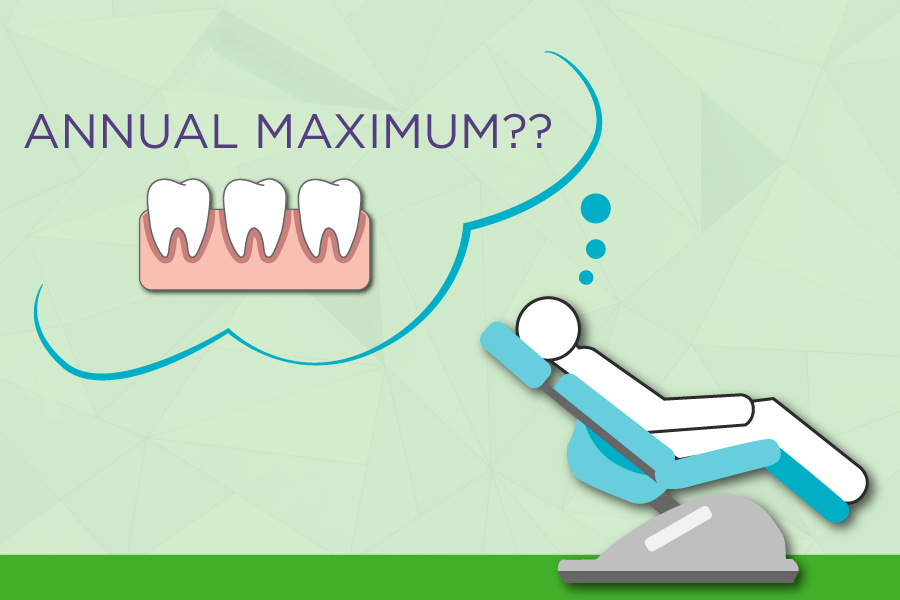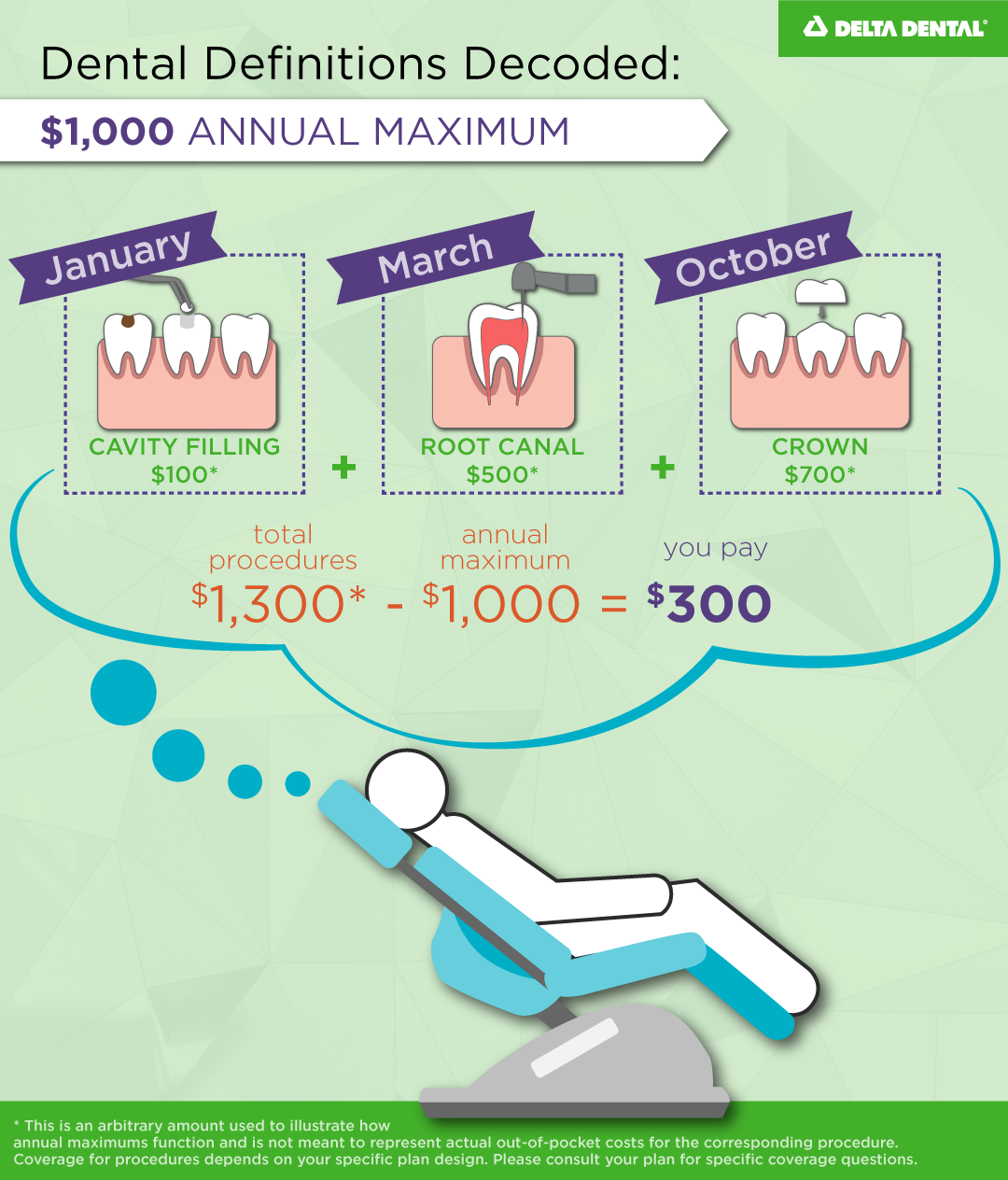Dental Benefits Explained | What is an Annual Maximum
By Jill Feilmeier on December 30, 2014 in Insurance

Dental benefits work better when you know how to put them to use. The first step in achieving this is understanding what dental benefits do and how they work. Gain insight into what an annual maximum on a dental plan is to make the most of your dental coverage.
Annual Dollar Maximum + Annual Maximums on Dental Plans
Dental plans will differ depending on what you signed up for. Most dental plans have what is called an “annual dollar maximum.” This is the total amount of money the dental benefits provider—say Delta Dental—will pay for a member’s dental care within a specific period of time. That time period is called a benefit period.
A benefit period can start at different points of the year. For now, we’ll assume your plan’s benefit period is the calendar year. That would mean the annual maximum for your plan’s year applies to January through December.
If your plan’s annual maximum is $1,000, your dental benefits provider will pay for their portion of your dental work, say 80 percent, until they pay out a total of $1,000. Your plan’s details will explain if a procedure has cost sharing. The annual maximum on your dental plan resets at the beginning of each plan year.
Keep in mind that depending on your dental plan, services that are considered diagnostic or preventive may not count toward your annual maximum.

The annual maximum in a dental plan is often confused with the “out-of-pocket maximum.” The annual maximum refers to the maximum amount the dental benefits provider like Delta Dental will pay out in one plan year. Conversely, the “out-of-pocket maximum” refers to the maximum amount that you, the member, will pay in one plan year.
Example of a Dental Plan’s Annual Maximum:
- Your plan has an annual maximum of $1,500
- Your dentist says you need a cavity filling in January. The cost for that procedure is $100.
- Then, in March you need to get a root canal, which is $900. Your dental plan has now paid $1,000 towards your dental care in this plan year. Your dental benefits provider will pay $500 and then you will have reached your plan’s annual maximum.
- In October, you need a crown, the cost of which is $850. That means your dental plan will pay out the remaining $500 left for them to contribute in this plan year. That leaves you to pay the leftover $350 that exceeded your dental plan’s annual maximum.
How Do Annual Maximums on Dental Plans Work?
Visit Member Connection today for specific information about your plan’s annual maximum.
Log into your Member Connection account today to learn about:
- Your plan year
- Your annual maximum
- Coverage for dental procedures
Looking for more? Check out:
*Updated 2019